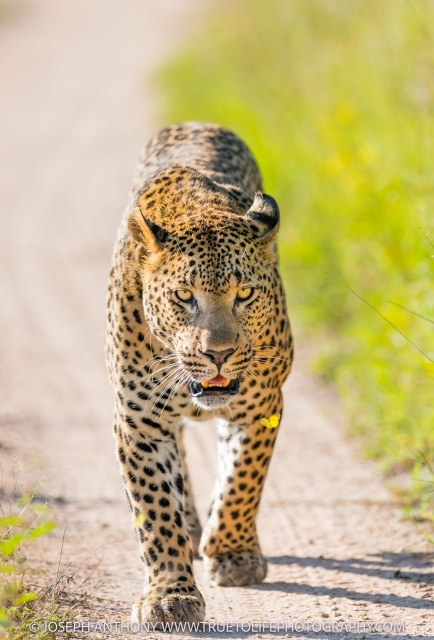The Leopard: A Master of stealth and Survival Across Continents
The animal known as the leopard is a carnivore, belonging to the large cat family called Panthera. This family also includes lions, cheetahs, tigers, jaguars, and snow leopards.
When observing these big cats, many similarities in behavior can be noticed. However, researchers have shown that leopards are closely related to jaguars and lions.
The leopard is the most widespread big cat, found across a vast range compared to others in the same family.
They inhabit all of Africa, particularly below the Sahara and in North Africa, as well as the Middle East, Southeast Asia, and northern parts of Asia. In Asia, they are especially concentrated in eastern India but have also surprisingly been spotted in Indonesia, including Java and the Sumatran islands. In Europe, they roamed about 11,000 years ago.
Leopards are highly adaptable and can thrive in diverse environments, even in unexpected places like savannas, rainforests, sparsely wooded areas, and deserts like the Kalahari. They are also found in freezing regions like Amur in Russia. Leopards are incredibly skilled at hiding, managing to survive in areas where other big cats have disappeared. They are even known to coexist in urban areas, such as Nairobi, Kenya, or some Indian cities, where they stealthily hunt dogs at night.
A fully grown male leopard can weigh up to 60 kg and stand about 65 cm tall at the shoulder. Female leopards are typically smaller, weighing around 40 kg and standing 50 cm tall.
Compared to jaguars, pumas, and tigers, leopards vary in size depending on their habitat and available food. Leopards in open areas tend to be larger than those in forests. In captivity, they can live up to 20 years, though their lifespan in the wild remains unclear. One female leopard was tracked living up to 16 years in the wild.
Leopards are solitary hunters, although they may be seen with their mates during the mating season or with cubs and their mothers. They communicate through eye contact, scent marking on trees using their hind legs, and by producing a rasping call that can be heard up to 2-3 kilometers away.
Leopards prefer hunting at night but may hunt during the day if few threats, like lions, are present. They favor nighttime hunts because their prey is less active, typically resting. The distance between a leopard and its prey during an attack is usually less than 10 meters. After catching their prey with their powerful front claws, they kill larger animals by biting the throat, while smaller prey is killed with a bite to the neck.
Leopards can mate at any time of the year. After a gestation period of 96-102 days, the female gives birth to cubs in hidden dens, often among rocks or dense bushes. Typically, they give birth to two cubs, though it’s rare to see litters of up to six. To protect them from predators, the mother hides her cubs in safe locations. Sadly, 50% of leopard cubs die before reaching one year of age.
In Akagera National Park, leopards are found throughout the area but are often well-hidden. Tourists are more likely to spot them during the day resting in trees or at night when they are hunting. Leopards in the park often prey on impalas, young zebras, buffalo calves, and other animals. Popular spots for leopard sightings in Akagera include the Kilala Valley, Muhana, Nyamwashama, Nyamatete, Magashi, Pêcherie, and other areas where they appear unexpectedly due to their elusive nature.
Leopards have even been seen on the road from Girafe, the park entrance, to the visitors’ reception area.
This article was written by Innocent Ndagijimana, a wildlife writer with 15 years of experience working in national parks. He has worked in Nyungwe National Park and Volcanoes National Park during his internship and is currently employed at Akagera National Park, where he has been working for over nine years. Ndagijimana holds a secondary school degree in tourism, a bachelor’s degree in wildlife conservation, and a master’s degree in environmental conservation.


